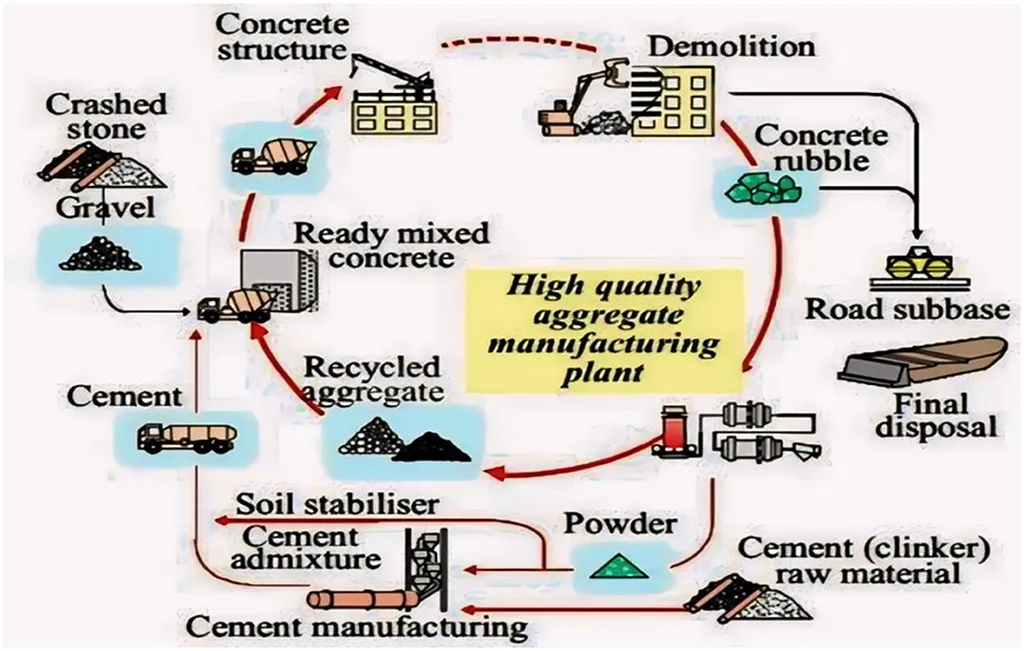In the rapidly evolving world of digital fabrication and protective materials, a groundbreaking study is challenging our perceptions of how we evaluate and interact with these essential resources. Led by V. Bocancea from the Faculty of Industrial Design and Business Management at „Gheorghe Asachi“ Technical University of Iasi, the research delves into the subjective evaluation of digital protective textiles, comparing them with their physical counterparts. The findings, published in the Archives of Metallurgy and Materials (Archiwum Odlewnictwa), could have significant implications for industries relying on protective materials, including energy and construction.
The study begins by scanning protective materials using the TAC 7 system, capturing their appearance in a unique digital format. These digital materials were then processed using Keyshot rendering software, creating three distinct evaluation scenarios: static images, video animations, and interactive 3D objects. The fourth scenario involved the physical materials themselves. Participants were then asked to evaluate the tactile and visual characteristics of these materials across all four scenarios using a Likert rating scale.
The results revealed a lower degree of agreement for digital materials compared to physical ones. “We found that while digital formats excelled in conveying visual attributes like glossiness, color, and transparency, they struggled to replicate the tactile experiences of softness, draping, elasticity, and thermal sensation,” Bocancea explained. This discrepancy highlights the challenge of transposing tactile attributes into digital formats, a critical consideration for industries where the feel of a material can significantly impact its functionality and safety.
For the energy sector, these findings are particularly relevant. Protective materials are crucial for ensuring the safety of workers and the integrity of equipment. The ability to accurately evaluate these materials in a digital format could streamline the selection process, reduce costs, and enhance safety protocols. However, the study underscores the need for further advancements in digital rendering technologies to better capture the tactile properties of materials.
The research also points to the potential for future developments in the field. As Bocancea noted, “Understanding the limitations and capabilities of digital evaluations can guide the development of more sophisticated rendering techniques and virtual reality applications.” This could lead to more immersive and accurate digital evaluations, ultimately benefiting industries that rely on protective materials.
In conclusion, Bocancea’s study sheds light on the complexities of digital evaluations of protective materials, offering valuable insights for industries seeking to leverage digital technologies. As the energy sector continues to evolve, the ability to accurately assess protective materials in a digital format will be increasingly important, driving innovation and enhancing safety standards. The research, published in the Archives of Metallurgy and Materials, serves as a crucial step in this direction, paving the way for future advancements in the field.

